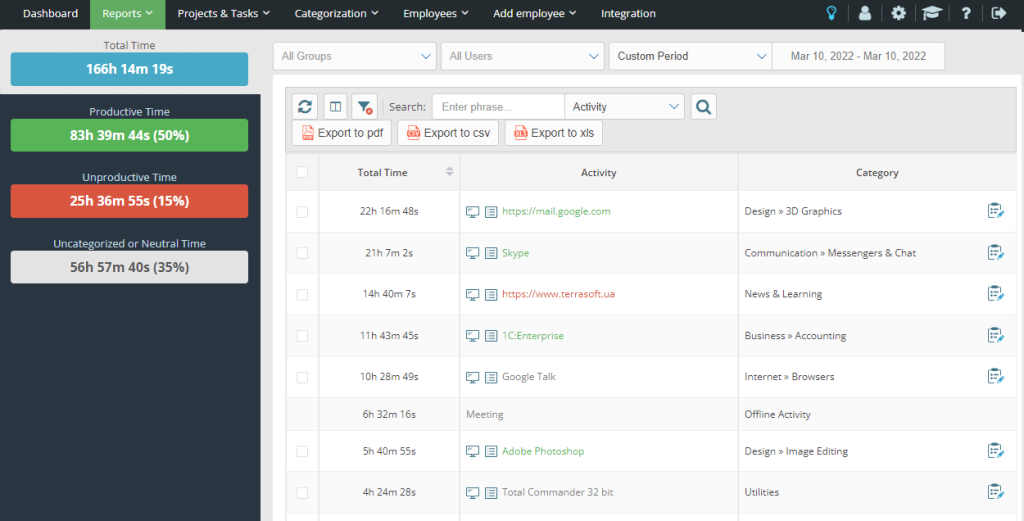How Automating Business Processes Can Drastically Boost Productivity
Automating business processes empowers companies to dramatically improve productivity by eliminating repetitive tasks, reducing errors, and freeing up teams for more strategic work. Leveraging automation leads to leaner operations and sustainable competitive advantages.
According to a McKinsey report, businesses waste nearly 30% of their time on repetitive, low-value tasks. In a competitive environment where every minute matters, organizations that fail to optimize their operations risk falling behind faster than ever before. Forward-thinking companies now focus on automation not just as a tool for cost-cutting, but as a fundamental strategy to unlock employee potential and elevate overall performance. This article delves into how automating processes can impact your bottom line — and how to start making it work for you effectively.
Why Is Automating Business Processes a Game Changer for Teams?
Routine administrative tasks often eat away at valuable time, leaving employees drained and disengaged. By automating repetitive operations with modern employee time tracking software, businesses cut down operational noise, enabling teams to focus on activities that drive real value, such as innovation and strategic planning.
Automation doesn’t just support efficiency; it fosters morale by allowing individuals to spend their work hours on meaningful contributions. The result? Higher engagement, reduced turnover, and a work environment that prioritizes growth over tedium. Moreover, streamlined processes mean fewer human errors, more accurate reporting, and faster delivery times across departments.
What Tasks Should You Automate First?
Although the opportunities for automation are vast, it's critical to start with high-impact, low-complexity processes. Implementing an employee productivity tracker can reveal which tasks consume the most time without adding significant value. This data helps leaders make smarter decisions on where automation investments will yield the highest returns.
Here’s a structured approach to prioritize tasks for automation effectively:
- Identify repetitive tasks: Look for processes repeated daily, weekly, or monthly without significant variation.
- Evaluate error-prone areas: Tasks with high error rates often benefit the most from automation.
- Analyze time investment: Start with activities that consume disproportionate amounts of staff time.
- Assess strategic value: Focus on offloading routine works that don’t align with core business priorities.
- Measure ROI potential: Prioritize initiatives where automation will clearly boost output or reduce costs.
With this simple framework, even complex organizations can systematically gain traction in their automation journey.
What Is Employee Time Tracking and Why It Matters?
Employee time tracking refers to monitoring and recording the amount of time staff spends on tasks, projects, or general work activities. Using dedicated employee time tracking software for business or large enterprises ensures accurate records — vital for workload management, project costing, and improving efficiency. Well-implemented systems go beyond punching in and out; they provide valuable insights into work patterns, helping managers allocate resources intelligently.

Different industries may approach it uniquely: for example, tech companies use tracking to refine project management, whereas healthcare providers use it for compliance with labor regulations. Regardless of the context, time tracking when automated removes clerical burdens and reduces inaccuracies, leading to better strategic planning.
How to Integrate Automation Without Overwhelming Your Team
Implementing automation can sometimes be met with skepticism and anxiety from employees who fear job losses or drastic workflow disruptions. Using automated time tracking software helps introduce change gradually, allowing businesses to promote transparency and build trust during the transition. Clear communication about the goal — to augment rather than replace human capabilities — plays a critical role in successful adoption.
Key integrations, such as connecting CRM systems with employee time log apps, enhance efficiency without requiring extensive manual input. Introducing small, incremental automations builds momentum and allows teams to experience tangible improvements early, boosting buy-in and long-term support for larger initiatives.
Essential Tools Every Business Should Consider for Process Automation
Choosing the right toolkit is crucial for maximizing automation benefits. Investing in systems like an employee time monitoring software platform ensures that time-intensive back-office operations run seamlessly with minimal supervision. Additionally, intuitive interfaces make new tools easier to adopt across different departments.
Here’s a short list of recommended software categories businesses should explore:
- Employee time and attendance tracking systems: Automate schedules, overtime calculations, and labor reporting.
- Project management platforms: Track assignments, deadlines, and team collaboration automatically.
- Accounting and invoicing software: Seamlessly integrate time records for accurate client billing or financial reporting.
- Customer service automation tools: Use chatbots and AI to triage inquiries and enhance support availability.
- Marketing automation suites: Streamline campaign creation, lead capture, and email workflows.
When selected carefully and aligned with core objectives, these solutions can significantly elevate operational agility and business resilience.
Mastering Automation to Future-Proof Your Organization
Tapping into automation, particularly by leveraging tools like time tracking software for business, empowers companies to allocate human capital more intelligently and maintain a strategic edge. Besides reducing errors or speeding up approvals, automation fundamentally shifts where and how value is created within an enterprise.
In an era of constant change and accelerating market demands, organizations must think beyond basic cost-cutting and focus on how to empower their people and processes sustainably. Automation, when applied thoughtfully, doesn’t replace employees — it frees them to innovate, solve complex problems, and drive business growth.
Take Control of Time — and Outcomes — with Smart Automation
As operational challenges intensify, simply working harder is no longer sufficient for maintaining competitiveness. Businesses that deploy process automation with strategic clarity see better outcomes: more engagement, higher productivity, superior adaptability to market shifts — and ultimately, more profitability. Making the move toward technologies like employee time tracking and smart workflow solutions translates wasted effort into scalable success.
Don't let inefficiencies erode your growth potential. Start automating intelligently today to empower your employees, streamline operations, and reclaim the time that truly drives business excellence — because in business, time saved is value multiplied.

